Are you tired of trying to navigate the confusing world of cruelty-free beauty? Do you want to make sure that the products you use align with your values but don’t know where to start?
Look no further! In this blog post, I will provide all the necessary details about what it means for a brand to be cruelty-free and how to recognize one. I will also address any controversy or misinformation surrounding the topic to make things clear and straightforward for you. So, what are we waiting for? let’s dive in!
Table of Contents
What Does it Mean for a Brand to Be Cruelty-Free?
There is no legal definition of cruelty-free. Different brands and organizations define it differently. However, before we get into the nitty-gritty of how to recognize a cruelty-free brand, let’s first define what it means for a brand to be cruelty-free.
A cruelty-free brand is one that does not conduct, commission, or pay for any tests on animals for its ingredients, formulations, or finished products. In addition, a cruelty-free brand does not sell its products in countries where animal testing is required by law.
In other words, for a brand to be cruelty-free, it needs to meet the following criteria:
- The brand does not test its products or ingredients on animals
- The brand does not commission or pay others to test its products or ingredients on animals
- Its suppliers do not test on animals as well
- And Lastly, the brand does not sell its products in markets where animal testing is required by law
If a brand meets all the criteria, you can be positive that it is cruelty-free.
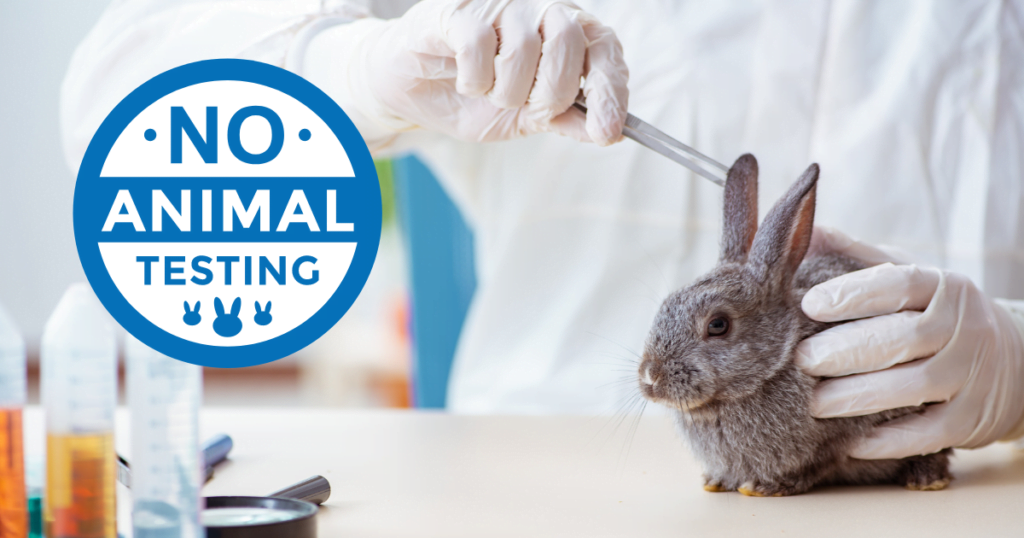
How to Recognize a Cruelty-Free Brand
Now that we know what it means for a brand to be cruelty-free, let’s talk about how to recognize a cruelty-free brand. Here are a few key ways to identify a cruelty-free brand:
Look for a cruelty-free certification
One of the easiest and most reliable ways to determine if a brand is cruelty-free is to look for cruelty-free certification. There are several organizations that offer cruelty-free certifications, including PETA’s Beauty Without Bunnies program, Leaping Bunny, and Choose Cruelty-Free. These certifications require brands to undergo a thorough review of their animal testing policies and to pledge not to conduct, commission or pay for any animal testing.
Check the brand’s animal testing policy
Another way to determine if a brand is cruelty-free is to check the brand’s animal testing policy. Most brands will have a statement on their website or on the packaging of their products outlining their stance on animal testing. Look for words such as “no animal testing,” “cruelty-free,” or “not tested on animals.” If a brand does not have a clear animal testing policy or does not address animal testing at all, it may be a red flag.
Look for the leaping bunny or cruelty-free bunny logo
The Leaping Bunny and Choose Cruelty-Free logos are another good way to identify a cruelty-free brand. These logos are used by brands that have been certified cruelty-free by Leaping Bunny or Choose Cruelty-Free and indicate that the brand does not conduct, commission, or pay for any animal testing.
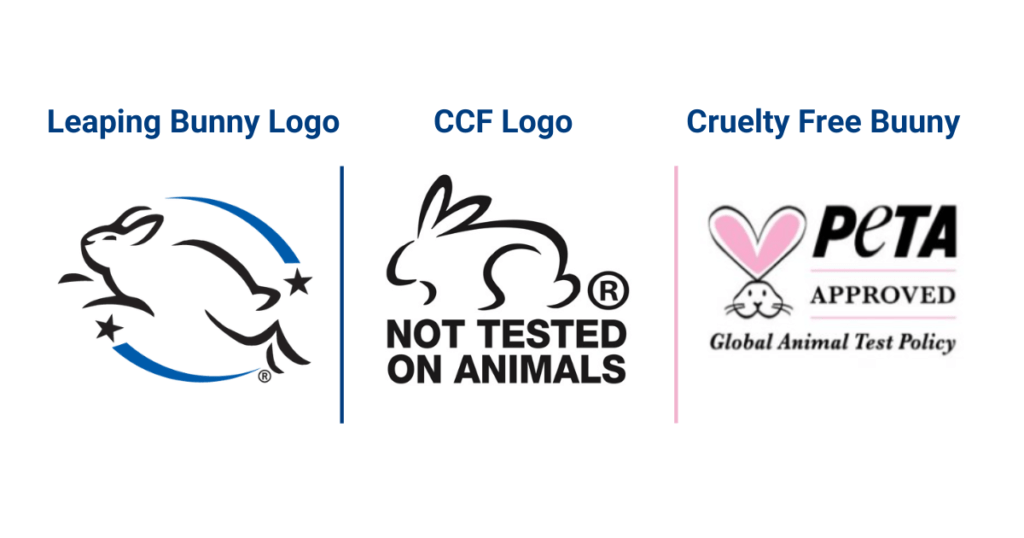
Controversy and Misinformation Surrounding Cruelty-Free Brands
Despite the clear definitions and guidelines for cruelty-free beauty, there is still a lot of confusion and misinformation surrounding the topic.
Myth#1: Cruelty-Free Means Vegan or Vice Versa
Some people confuse cruelty-free with vegan. However, It is important to note that cruelty-free does not necessarily mean vegan. Cruelty-free simply means the products are not tested on animals while vegan is about not using animal-derived ingredients in products.
It is possible for a cruelty-free brand to use ingredients that are derived from animals. Similarly, there is a chance that a brand might be vegan but not cruelty-free because its products are tested on animals.
So, if you see a product that is vegan, it does not mean it is cruelty-free as well. Similarly, a cruelty-free product does not mean it is vegan.
Myth#2: If the Parent Company is Not Cruelty-Free then the Brand Itself is Not Cruelty-Free
Another issue that has caused confusion is the fact that some brands may be owned by larger companies that are not cruelty-free. For example, a cruelty-free brand may be owned by a company that sells its products in China, where animal testing is required by law for certain imported cosmetics. This does not necessarily mean that the cruelty-free brand is not cruelty-free, as it may operate independently with its own policies and procedures.
Another example is the case of bareMinerals, a cruelty-free brand, that was owned by Shiseido before they sold it to Orveon. Shiseido is not considered cruelty-free because the brand sells its product to countries where animal testing is required by law. However, bareMinerals had its own policies and procedures and was not selling products to any such countries. Even today, after its acquisition by Orveon, the bareMinerals is 100% cruelty-free.
However, it is important to do your own research and make an informed decision based on your own values.
Conclusion
To sum it up, recognizing a cruelty-free brand is not always straightforward, but it is possible with a little bit of research. Look for a cruelty-free certification from a trusted organization such as PETA, Leaping Bunny, or Choose Cruelty-Free. Check the brand’s animal testing policy and look for logos such as the leaping bunny or cruelty-free bunny.
Don’t be swayed by misinformation and always do your own research to ensure that the products you use align with your values. With these tips, you can confidently shop for cruelty-free beauty products and make a positive impact on the world.
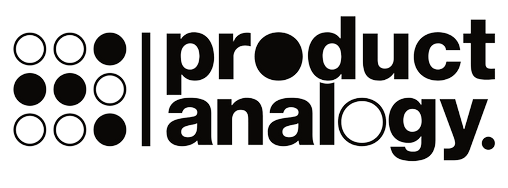
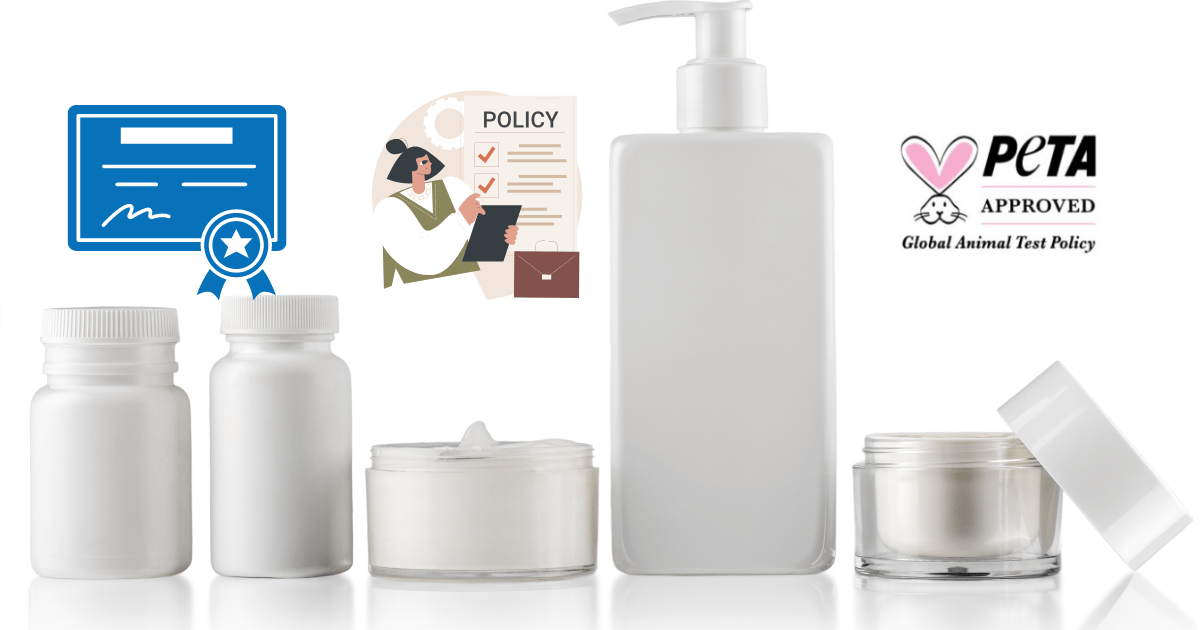
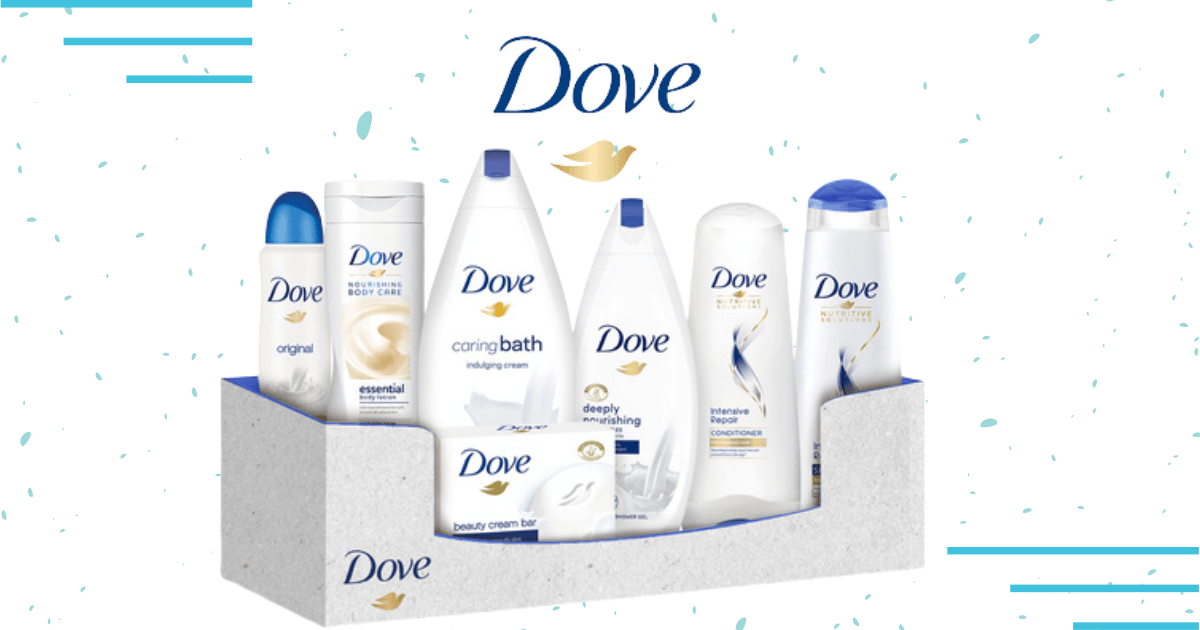
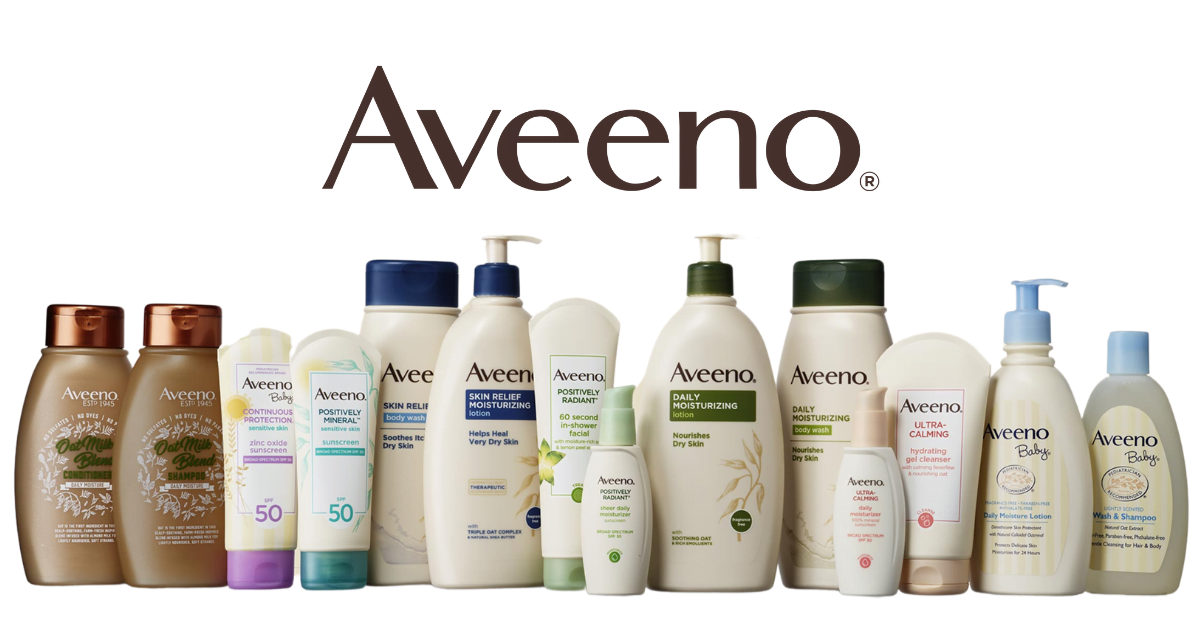
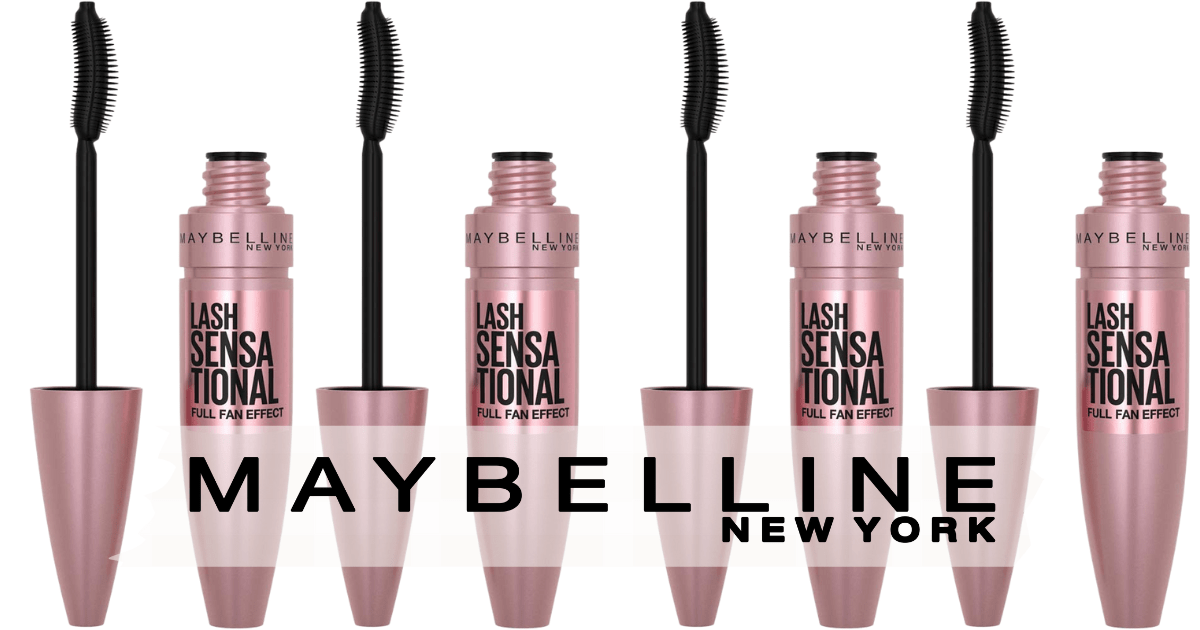
[…] Useful Reading: How to recognize a cruelty-free brand? […]